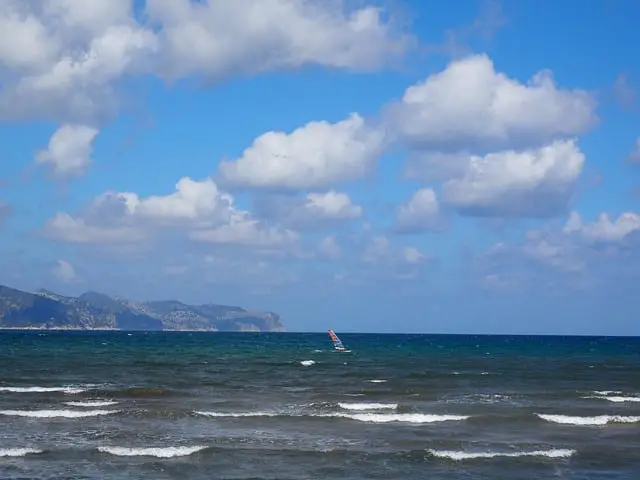Scuba diving is a thrilling adventure that allows us to explore the captivating beauty beneath the ocean’s surface. However, it also carries a certain level of risk, one of these being decompression sickness, commonly known as ‘The Bends’. This intriguingly named condition is an essential aspect to be aware of before embarking on any diving adventure.
What is ‘The Bends’ in Scuba Diving?
The term ‘The Bends’ is often used in scuba diving and is a term borrowed from 19th-century miners. It refers to a potentially lethal condition caused by the body’s reaction to a rapid decrease in pressure. But, how exactly does this happen? To understand this, we need to dive a little deeper into diving physiology and the role of nitrogen in our bodies.
The Role of Nitrogen and Pressure Change
The air we breathe in is roughly 78% nitrogen, a gas that our bodies do not metabolize. When we breathe air under pressure during a dive, this nitrogen dissolves into our tissues. If you ascend too quickly, the pressure decrease causes this nitrogen to come out of solution and form bubbles in the body. This bubble formation is what leads to ‘The Bends’.
What are the Symptoms of ‘The Bends’?
Symptoms of ‘The Bends’ can range from mild to severe, and they may occur immediately or up to several hours after a dive. At its mildest, symptoms may include a rash, mild joint pain, fatigue or dizziness. However, if the bubbles form in or travel to the spinal cord or brain, it can lead to paralysis or even death.
How can Divers Avoid ‘The Bends’?
Prevention is always the best cure, especially when dealing with a condition as critical as ‘The Bends’. Fortunately, there are several preventive measures that divers can adhere to.
Dive Within Limits
Each diver is trained to understand their personal limits and the impact of depth and time under the water. Diving within these limits significantly reduces the risk of developing ‘The Bends’.
Controlled Ascent
One of the most effective preventions of ‘The Bends’ is a controlled ascent, coming up slowly and performing safety stops to allow the body to off-gas the extra nitrogen safely.
Stay Hydrated and Rested
Hydration and rest are key in helping your body handle the extra nitrogen. A well-hydrated and rested body handles decompression more efficiently.
What Happens if You Get ‘The Bends’?
Prompt treatment is critical when a diver exhibits symptoms of ‘The Bends’. The most effective treatment for decompression sickness is recompression in a hyperbaric chamber, where pure oxygen is breathed under pressure to help the body get rid of nitrogen bubbles.
In conclusion, while ‘The Bends’ presents a significant risk to scuba divers, knowledge and precautionary measures can largely mitigate this risk. By understanding the risk factors and taking necessary precautions, we can ensure that our underwater adventures are as safe as they are exhilarating. After all, diving is a thrilling journey into the unseen world beneath the waves, and with a little caution, we can continue this exploration without any fear of ‘The Bends’.




